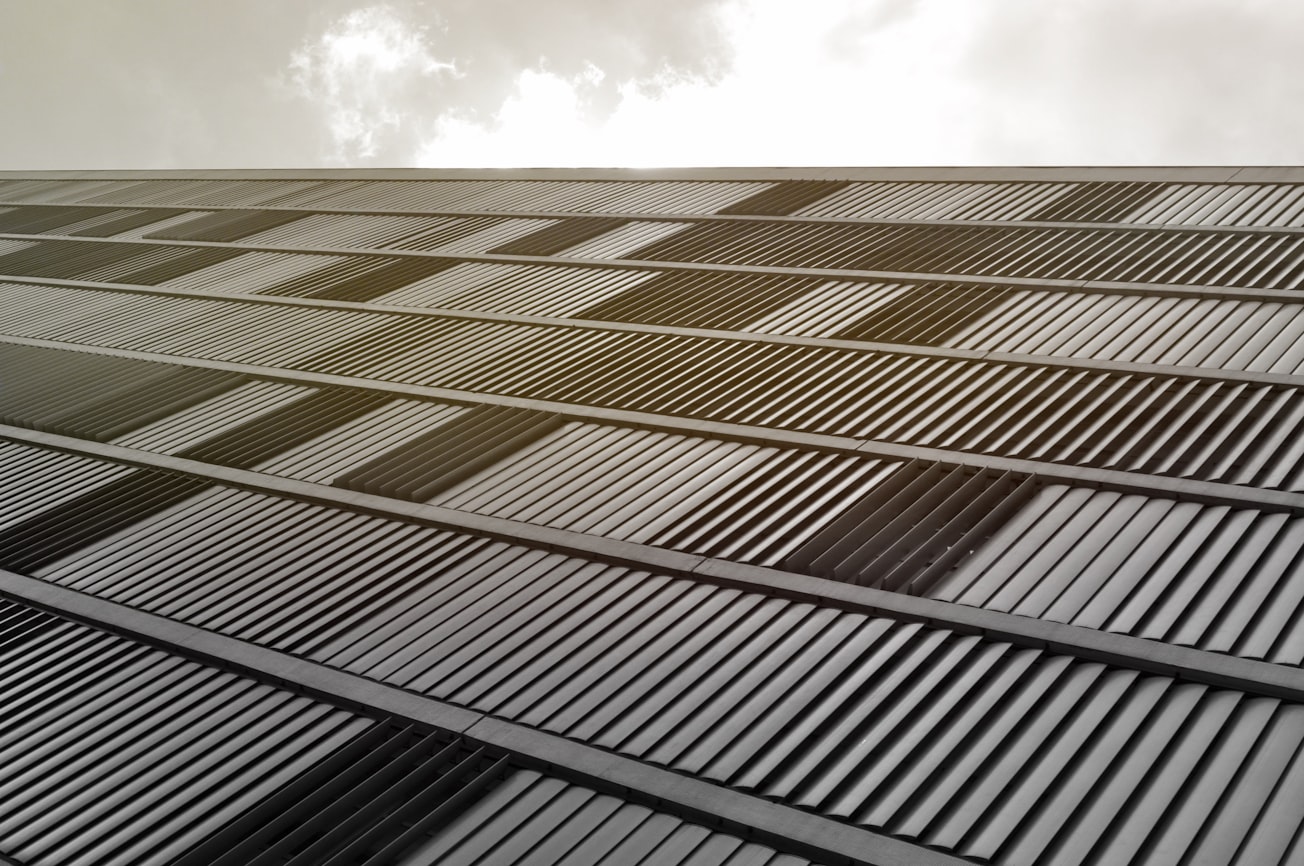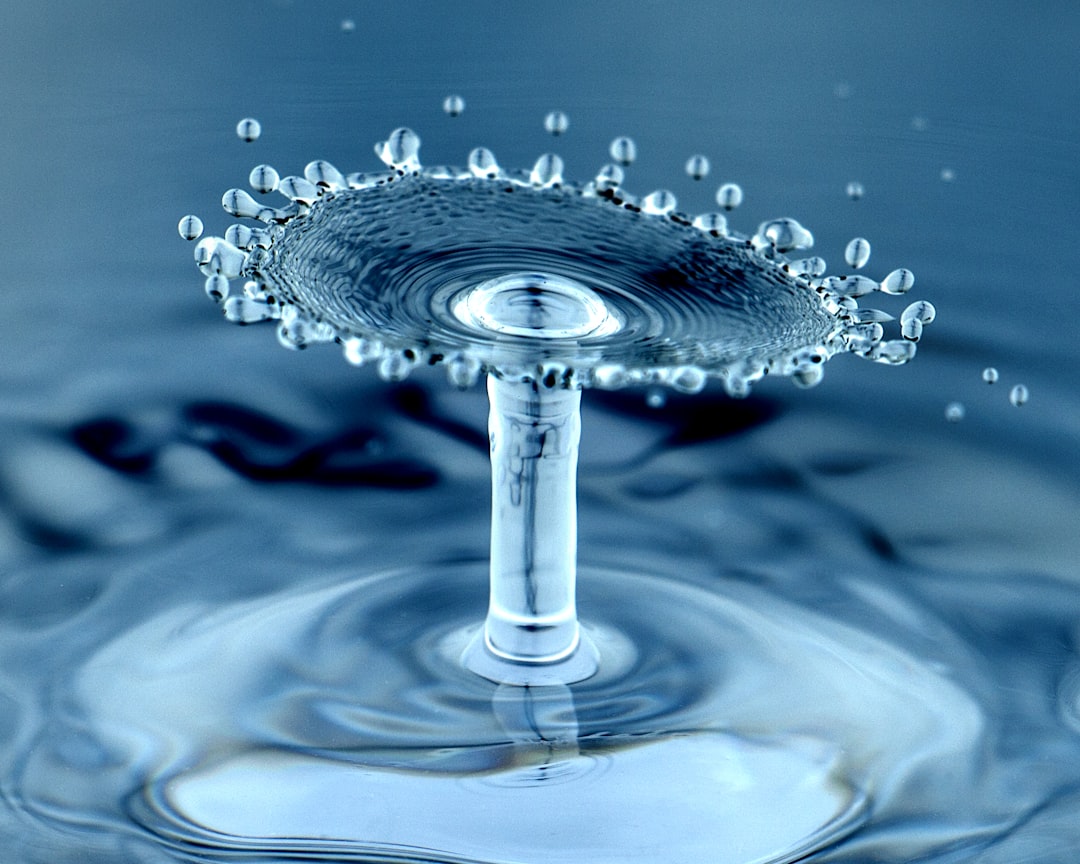What is it about?
The rate of photocatalytic degradation of contaminants in drinking water using an immobilised catalyst can be increased by properly designing the catalyst structure. By creating a solar reactor in which meshes coated with TiO2 are stacked, we demonstrated that degradation of humic acids with four superimposed stainless steel meshes was up to 3.4 times faster than in a single plate flat-bed reactor. Incorporation of TiO2 coated mesh structures resulted in a high specific photocatalytically active surface area with sufficient light penetration in the reactor.
Featured Image

Photo by Guilherme Madaleno on Unsplash
Why is it important?
This brought the photocatalytic efficiency of solar reactor incorporating TiO2 coated mesh structures closer to that of dispersed-phase reactors, but without the complex separation of the very fine TiO2 particles from the treated. This solar reactor can be used as a decentralized system for production of drinking water from surface water.
Perspectives
I hope that this design of solar reactor will be a base for many creative solar reactors that can be used efficiently for water purification.
Dr. Amer El-Kalliny
National Research Centre, Egypt
Read the Original
This page is a summary of: Water purification in a solar reactor incorporating TiO2 coated mesh structures, Water Science & Technology Water Supply, March 2019, IWA Publishing,
DOI: 10.2166/ws.2019.052.
You can read the full text:
Contributors
The following have contributed to this page










